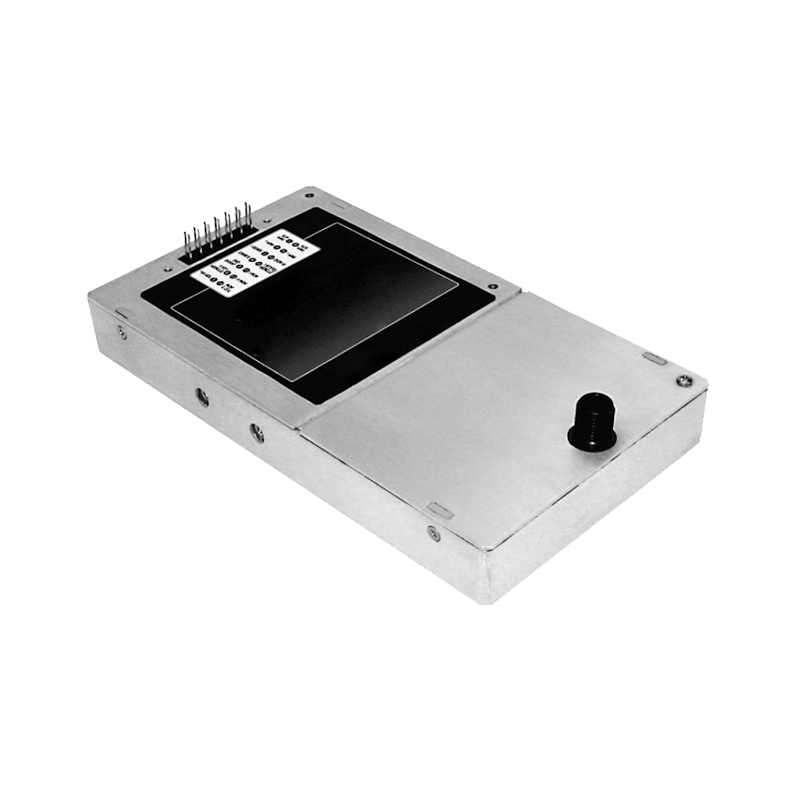Application of High-Voltage Power Supply in Dielectric Barrier Discharge
High-voltage power supplies are an important component in modern science and engineering, with widespread applications in dielectric barrier discharge (DBD) experiments and applications. These high-voltage power supplies play critical roles in multiple fields, including materials science, electrical engineering, medicine, and environmental science. This paper will discuss the application of high-voltage power supplies in DBD, exploring its principles, technical features, and key application cases in related fields.
Principle of High-Voltage Power Supply
A high-voltage power supply is an electronic device that is used to generate high voltage for a variety of experiments and applications. In DBD experiments, high-voltage power supplies are primarily used to generate an electric field between two electrodes, causing the dielectric to undergo discharge phenomena in the field. The core principles of high-voltage power supplies include voltage amplification, stability, and controllability. Typically, a high-voltage power supply includes a transformer, rectifier, filter, and stabilizer to ensure the generation of a stable high-voltage output.
Technical Features
The application of high-voltage power supplies in DBD requires some key technical features:
High voltage output: High-voltage power supplies need to be able to provide a voltage output of several thousand to tens of thousands of volts, in order to generate sufficient electric field strength in the dielectric to trigger discharge.
Stability: High-voltage power supplies must provide a stable voltage output to ensure the reproducibility of experimental results. Voltage fluctuations may lead to inaccurate experimental results or equipment damage.
Controllability: High-voltage power supplies need to have precise voltage adjustment and control capabilities to meet the needs of different experiments. This includes the voltage's rate of change, duration, and pulse mode, etc.
Safety: Since high voltage can pose potential hazards, high-voltage power supplies must be equipped with a variety of safety mechanisms to ensure the safety of operators and experimental equipment.
Application Areas
High-voltage power supplies have a wide range of application areas in DBD:
Materials science: High-voltage power supplies can be used to study the electrical properties of insulating materials, such as breakdown strength and dielectric constant. This is essential for developing new insulating materials to improve the efficiency of power transmission and distribution.
Electrical engineering: In power transmission and distribution systems, the performance of insulating materials is critical. High-voltage power supplies can help to simulate and test the stability of insulating materials under high electric fields to improve the reliability of power systems.
Medicine: High-voltage power supplies are used in medical imaging devices, such as X-ray machines and electron microscopes, to generate high-energy rays or electron beams to obtain high-resolution images.
Environmental science: High-voltage power supplies can be used to simulate and study lightning discharge in the atmosphere, which helps to understand electrical phenomena in the atmosphere and weather forecasting.
Conclusion
High-voltage power supplies are essential for a wide range of DBD applications. By understanding the principles, technical features, and application areas of high-voltage power supplies, researchers and engineers can develop more effective and efficient DBD systems to meet the needs of various fields.
Additional Information
In addition to the application cases mentioned above, high-voltage power supplies are also used in other DBD applications, such as plasma generation, surface treatment, and gas cleaning. As the DBD technology continues to develop, the application of high-voltage power supplies in DBD is expected to expand further.




















